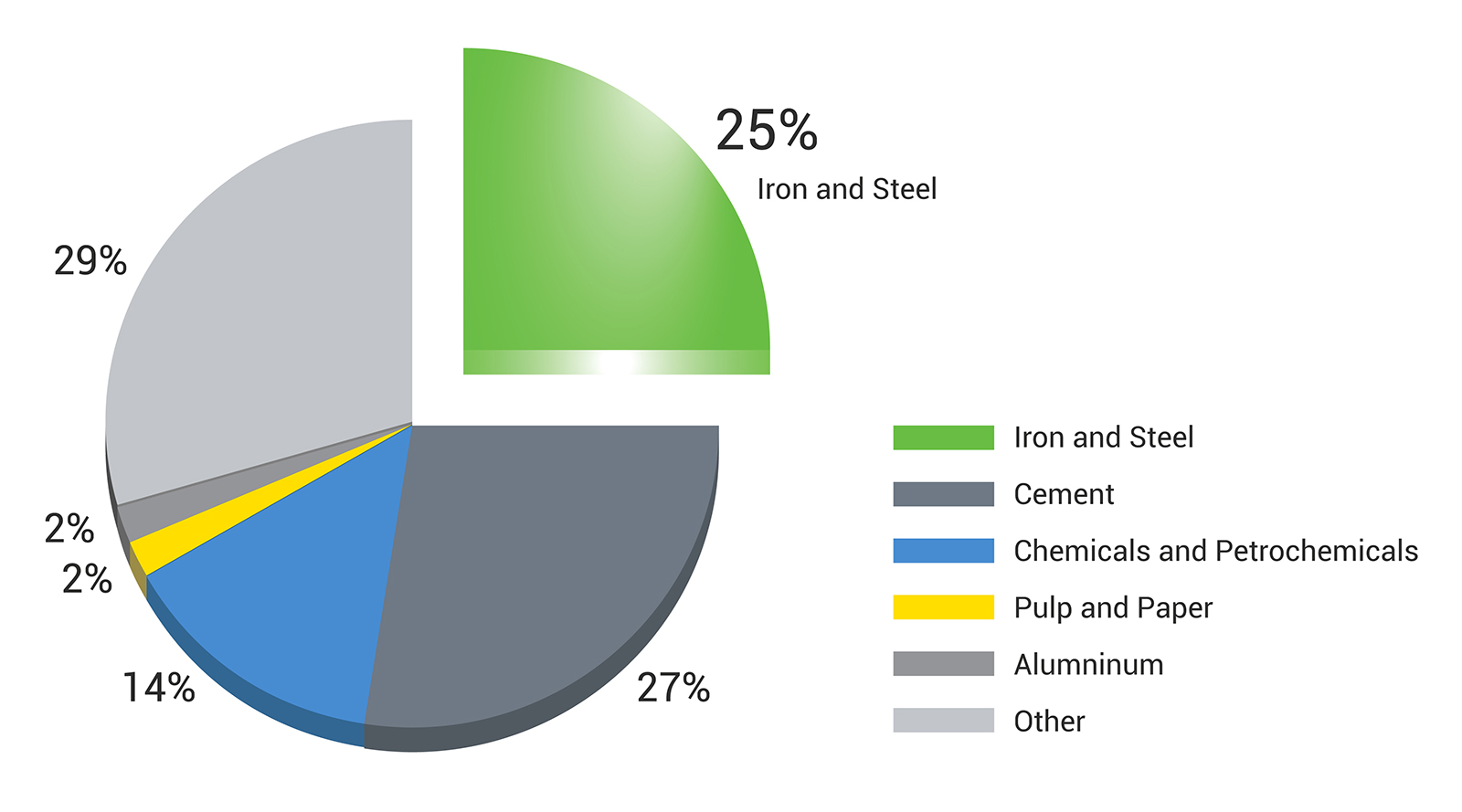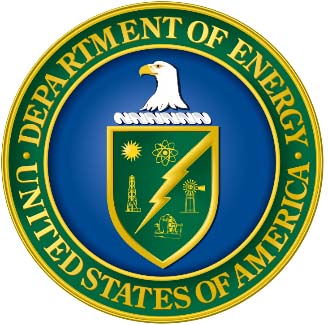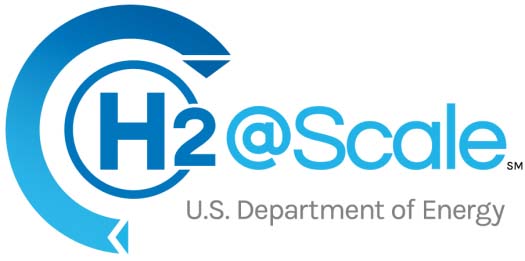Funding Agencies
U.S. Department of Energy, Office of Energy Efficiency & Renewable Energy
H2@Scale Hydrogen and Fuel Cell Technologies Office
Acknowledgement: "This material is based upon work supported by the U.S. Department of Energy's Office of Energy Efficiency and Renewable Energy (EERE) under the Hydrogen and Fuel Cell Technologies, Award Number DE-EE0009249."
Disclaimer: "The views expressed herein do not necessarily represent the views of the U.S. Department of Energy or the United States Government."
Project Goal and Milestones
The team will prove the use of high temperature Solid Oxide Electrolysis Cells (SOEC) to produce renewable hydrogen (or syngas) to convert raw iron ore (Fe2O3) into metallic iron (Fe) into a hydrogen direct reduction (HDR) system. This reaction would only produce water as a by-product, allowing for the complete elimination of CO2 emissions from the ironmaking process. The use of high temperature SOEC systems unlocks the potential of not only using renewable electricity to produce hydrogen, but to recover high temperature heat from the DRI process and recycle it into the SOEC unit. The team expects that this thermal and electrochemical integration with the DRI system will reduce the primary energy consumption and CO2 emissions by more than 30% and 40%, respectively.

The Project Aims at Reaching the Following Outcomes:
i) Design a full-hydrogen system showing a specific primary energy consumption based on inlet fuel LHV of <8 GJ/ton and with zero GHG emissions;
ii) Verify the high electric-to-hydrogen efficiency reachable with an SOEC system with hydrogen production efficiency of <35 kWh/kg;
iii) Showcase a pilot system of integration between the SOEC and a DRI furnace simulator at production capacity of 1 ton/week and TRL 4;
iv) perform a complete scale-up design for a 2 Mton/year DRI product capacity with total capital specific cost < $200/ton equivalent pig-iron per year.
Relevance and Potential Impact
In 2018, the CO2 emissions from industrial activities reached approximately 23% of global CO2 emissions (8.5 GtCO2). Steel production is one the major CO2 emitters, constituting approximately 25% of all industrial sector's total CO2s and its contribution is expected to rise due to growing steel production capacity (approximately 20% increase predicted until 2040).


